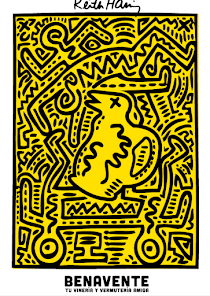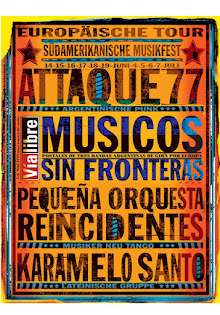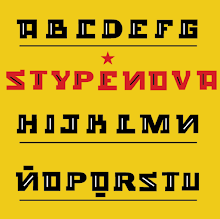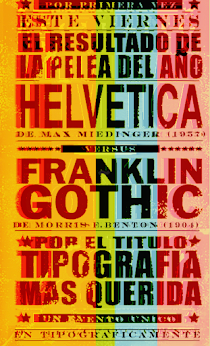Para los gringos
Fueron muchos los correos. Desde que publicamos el texto de Elio Leturia, muchos colegas anglosajones nos preguntaban cómo se podía hacer para conseguir una traducción. Si bien éste es un weblog argentino que está concentrado en el público latino creemos que es necesario tener en cuenta dicho pedido. En VisualMente, como dicen los carteles de algunos negocios gringos, "Se habla español" (y, a veces, portugues). Hoy , a pedido, también se podrá leer en inglés.  (By Elio Leturia) “In the United States we work with the chastity belt on,” expressed Nuri Ducassi in the Second World Summit of Design in the Press, in Estepona, last year. And there is nothing closer to the truth. Having worked by almost ten years in the American daily press, I can assert that not only the publishers but also the readers of many US newspapers feel scared or offended or shake their heads and hesitate when they see images that show nudity, sex or violence. It seems to be such a contradiction that something like this happens in a society in which teen sex is something very common, or in a country that invades others and initiates violent wars.
(By Elio Leturia) “In the United States we work with the chastity belt on,” expressed Nuri Ducassi in the Second World Summit of Design in the Press, in Estepona, last year. And there is nothing closer to the truth. Having worked by almost ten years in the American daily press, I can assert that not only the publishers but also the readers of many US newspapers feel scared or offended or shake their heads and hesitate when they see images that show nudity, sex or violence. It seems to be such a contradiction that something like this happens in a society in which teen sex is something very common, or in a country that invades others and initiates violent wars.
The American society has a puritanical past, inherited from its ancestors, and it still persist and becomes present. I have been witness of conflictive glances, nervous laughter or awkward attitudes when photographies of violent situations or images of people in provocative postures or almost naked are spreaded out over the table during editorial meetings. I have listened, not without laughing in silence in my mind, commentaries like these ones: “This image makes me uncomfortable” or “This is disturbing”. I have expressed chuckling: “How is that Americans bring children to the world?”.
Years ago, I chose a photo of Jennifer López to illustrate an story I was working on. When the editor saw it, he requested me, nervously, that I use another image in which Lopez was not so provocative. “We are a family newspaper,” he said.
Some time later, when I placed singer Aretha Franklin in a front features page, the editor requested me that I changed the frame in order not to show her opulent and ful-of-cellulite arms. “This presentation does not flatter her,” the editor told me. I answered: “Well, what can I do if she is so fat? She is the one that has to put the donuts aside”. At any rate, I had to adjust the photo.
During the invasion to Iraq, my newspaper dared to publish some images that showed people bleeding. On the following days we received a great number of readers e-mails and telephone calls which said: “I do not need to see an image like this while I have my coffee in the mornings” or “My children don’t need to be exposed to this sensationalist journalism.” And they threatened with cancelling their subscriptions.
Conclusion: Censorship comes from both sides: the newspaper and the readers. And I ask myself: “Who are we to edit and to censor the content in such ways?” Apparently, both parties prefer to live in a rosy world, calm and predictable, where spring flowers appear all of a sudden and children play peacefully in the parks. A world where everybody -publishers and readers- is happy or pretend to be happy. A world where babies are brought by the stork, with no exchange of bodily fluids.
However, do you have any idea of a reason why which many Latin American and European newspapers astonish many judges in the annual competition of the SND? Flesh, sex and blood have very little space in many American newspapers.




























































